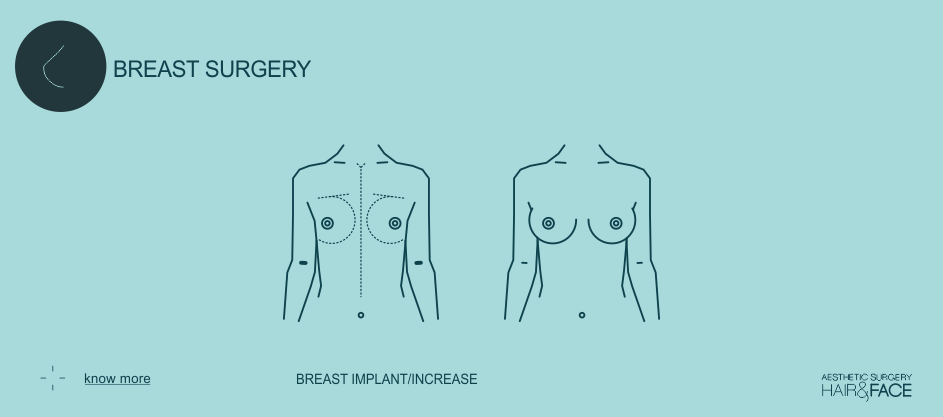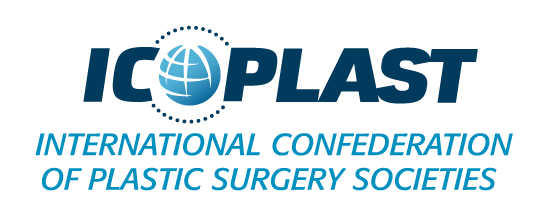Breast implants are indicated in all cases where there is hypomastia and mammary regression.
The implant lifts the breast and increases the volume.
The procedure
It is introduced via the areola, the submammary furrow or the armpit.
They can be situated underneath the gland or behind the muscle
The operation lasts 2 hours.
The anaesthetic can be local with sedation or a general one. In both cases it is administered by an anaesthetist.
Hospitalization at the surgery is 24hours.
Post operation
There will be inflammation and breasts will be swollen.
The pain is a little sharp when the implant stays retropectoral.
You shouldn’t do any brusque movements, lift weights or do a lot of effort.
Shower in 48hours
Back to work in 5-7 days
The implants are definitive and there’s no need to change them.

Ever since then, the material used for these types of procedures has progressed a lot.
The inadequate volume of the breast, lack of development or involution, the wish to see oneself more beautiful, attractive and sure are adequate motives to increase the bust.
The most reliable implants are those of cohesive silicone gel of the latest generation, which comes with a reinforced cover with a thickness of 500microns. The content is not liquid.
There is great variety in question of shape, size and texture of the surface.
The choice of implant is something very specific which should be evaluated in each individual case.
You can chose between three incisions for this procedure:
- The lower periareolar incision is semicircular on the border of the areola-nipple complex. Here the scarring is minimal.
- The infer-mammary incision is located in the infra-mammary fold and it measures about approximately 4cm.This one is a bit more noticeable than the previous.
- The axilar incision doesn’t leave a scar in the breast but it complicates the exposure of the operational area greatly.
The implant can be positioned in diverse anatomical levels:
- The subglandular position is done underneath the mammary tissue and above the pectoralis major muscle.
- The sub-pectoral positioning is done underneath the pectoralis major muscle which covers 2/3 of the upper part of the implant and the inner stays subglandular or subcutaneous.
- The submuscular positioning is over the chest wall and it is only used in reconstructive mamoplasties.
The type of anaesthetic varies between sedation with local anaesthetic or general anaesthetic. In any of the two, an anaesthetist is always present,
The choice depends on the surgeon who will evaluate the wishes and expectations of the patient.
All surgical procedures run inherent risks which include haemorrhage and infection.
The haematoma occurs in 1.5% of all cases.
Infection has an incidence rate of 2.2%
Nerve damage in 5%.
Capsular contraction varies between 6 and 10%
The capsul wrapped of fibrin in which the body covers the implant. In 18days the procedure is already formed in this capsule where in the huge majority of cases, no problems has been caused. Sometimes, the capsule can squeeze the implant causing the patient to feel that the breast is denser to palpation. This is capsular contraction.
There is great quantity of methods to prevent and avoid this situation.
The silicone implants doesn’t increase the risk of cancer in women neither is there a risk of suffering autoimmune illnesses.
The silicone implants don’t interfere with normal breastfeeding.
The silicone implants doesn’t prevent the visualization of a mammogram and it doesn’t alter because of the changes in pressure (flying is not a problem)
Los implantes de silicona no impiden la visualización de un estudio mamográfico y no se alteran por los cambios de presión (se puede viajar en avión sin problemas).
